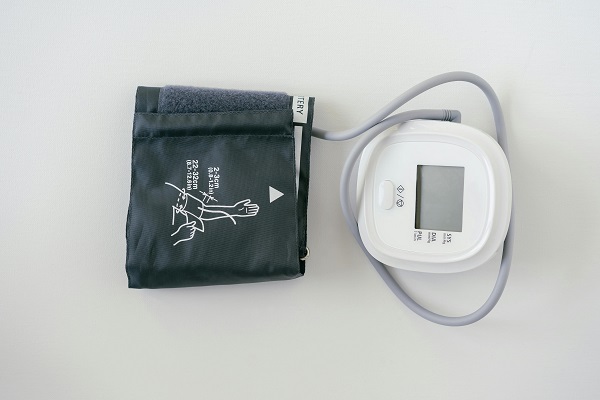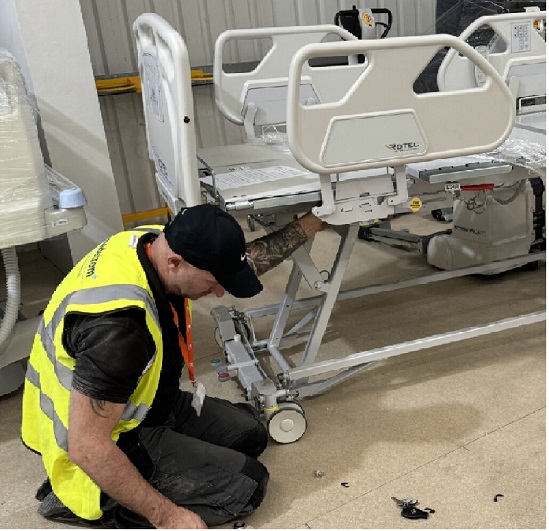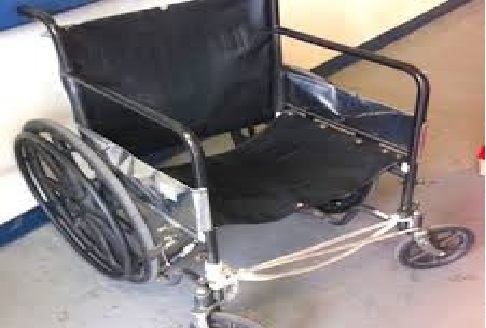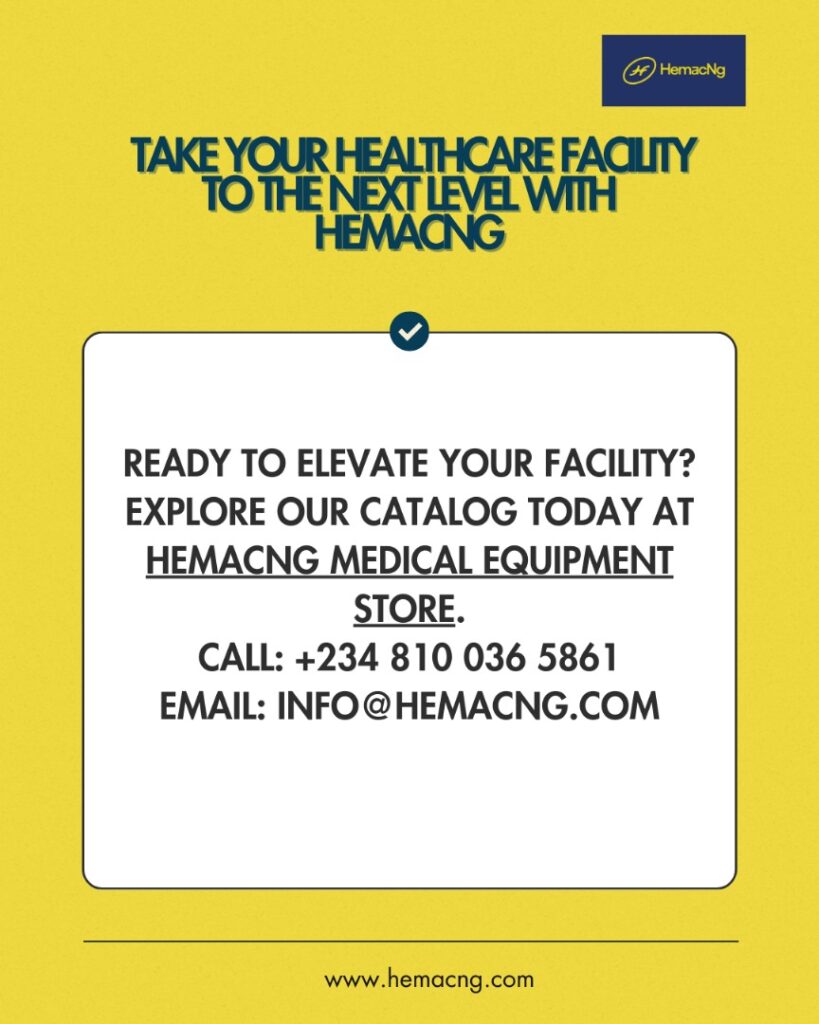Uncategorized
A Guide to Durable Medical Equipment Patient Safety
Introduction
Durable Medical Equipment (DME) is a cornerstone of modern healthcare, providing essential support for patients recovering at home, managing chronic conditions, or navigating physical disabilities. From wheelchairs to oxygen tanks, hospital beds, and infusion pumps, these devices are critical in improving the quality of life for millions.
However, simply having access to durable medical equipment is not enough. Ensuring patient safety during its use is paramount to achieving optimal outcomes and preventing avoidable accidents or injuries. This guide provides a comprehensive roadmap for understanding DME, its importance, challenges, and actionable steps to prioritize safety.

What is Durable Medical Equipment (DME)?
Durable Medical Equipment refers to medical devices designed for long-term use at home or in healthcare settings. These devices are prescribed by healthcare professionals and cater to a wide range of needs, from aiding mobility to monitoring vital signs or facilitating treatment. Visit our website to view some of our medical equipment
Common Examples of DME
- Mobility Aids:
- Wheelchairs (manual and powered)
- Walkers, crutches, and canes
- Mobility scooters
- Home Care Equipment:
- Hospital beds with adjustable settings
- Pressure-relief mattresses to prevent bedsores
- Lift chairs to assist with sitting and standing
- Monitoring Devices:
- Blood pressure monitors
- Blood glucose meters
- Pulse oximeters
- Respiratory Equipment:
- Oxygen concentrators and tanks
- CPAP machines for sleep apnea
- Nebulizers for respiratory therapy
- Therapeutic Equipment:
- Infusion pumps
- Heat or cold therapy devices
- Physiotherapy equipment
DME is integral to improving mobility, enabling independent living, and facilitating recovery, especially for elderly patients or those with chronic conditions.

Why is Patient Safety in Durable Medical Equipment Usage Important?
While DME has revolutionized healthcare delivery, improper use or maintenance can have adverse effects. Ensuring patient safety is critical for several reasons:
1. Preventing Accidents and Injuries
Faulty equipment, incorrect assembly, or improper use can lead to falls, pressure injuries, or other complications. For example, a wheelchair with a malfunctioning brake could result in a serious accident.
2. Building Patient Confidence
Patients who trust their equipment are more likely to use it consistently and correctly. Confidence in their DME boosts their independence and quality of life.
3. Improving Health Outcomes
When used correctly and maintained properly, DME optimizes patient recovery and supports better long-term health outcomes.
4. Reducing Healthcare Costs
Preventing equipment-related incidents minimizes costly hospital readmissions and emergency interventions. Learn more about top hospital equipment essentials for healthcare facilities. Read the FDA’s guidelines on medical device safety.
Key Factors in Ensuring Durable Medical Equipment Safety
1. Proper Equipment Selection
Choosing the right DME starts with understanding the patient’s unique needs:
- Size and Weight: A wheelchair must accommodate the patient’s weight comfortably.
- Environment: Home settings may require compact, foldable equipment.
- Usability: Elderly patients may benefit from devices with simplified controls.
2. Comprehensive Training
Education is a critical step to ensure patient safety.
- Patients and Caregivers: Training should cover assembly, operation, and storage.
- Healthcare Providers: Professionals prescribing DME must ensure patients understand safety protocols.
3. Routine Maintenance and Inspections
Regular maintenance is non-negotiable to keep equipment in optimal condition.
- Inspect for wear and tear, like cracks or loose screws.
- Follow the manufacturer’s service schedule for calibration or part replacement.
- Store equipment in dry, clean areas to prevent corrosion or contamination. Learn about the proper use of healthcare equipment.
4. Manufacturer Guidelines
Using devices as instructed by the manufacturer ensures safe and effective operation. This includes understanding weight limits, usage durations, and environmental considerations.
5. Clear Communication
Healthcare providers must clearly explain how to use, clean, and maintain DME. Miscommunication often leads to avoidable accidents.

Common Challenges in Durable Medical Equipment Safety
1. Lack of Training and Awareness
Many patients or caregivers are unfamiliar with how to properly operate DME. This often leads to misuse and potential safety risks.
2. Equipment Malfunctions
Poorly maintained or substandard equipment is prone to failure, compromising patient safety.
3. Patient Non-Compliance
Some patients may neglect safety measures, like using mobility aids without locking the brakes or failing to clean respiratory equipment.
4. Limited Access to Quality Equipment
Cost constraints may force patients to buy second-hand or poorly manufactured devices, increasing risks. Read about affordable healthcare solutions.

Tips for Enhancing Durable Medical Equipment Patient Safety
- Work with Certified Providers: Only purchase DME from reputable and certified suppliers.
- Conduct Pre-Purchase Assessments: Evaluate the patient’s needs, home environment, and lifestyle before purchasing.
- Provide Hands-On Training: Demonstrate the equipment’s proper use and offer user-friendly manuals.
- Implement Maintenance Schedules: Partner with professionals for regular inspections and repairs.
- Leverage Technology: Use smart DME with built-in alarms, sensors, and remote monitoring to reduce risks. Learn about top innovations in healthcare equipment.
Regulations and Compliance
Global Standards
- ISO Certifications: Ensure equipment complies with internationally recognized safety standards.
- FDA Approvals: Verify that devices meet regulatory requirements for medical use.
Local Policies in Nigeria
- Compliance with the Standards Organisation of Nigeria (SON) guidelines ensures the safety of imported and locally manufactured medical devices. Learn about ISO standards for medical equipment.

FAQs
Q: How do I know if my equipment is safe to use?
A: Regular maintenance, adherence to the manufacturer’s instructions, and periodic inspections by professionals ensure safety.
Q: Is second-hand equipment safe?
A: Refurbished equipment can be safe if purchased from certified providers who perform thorough quality checks.
Q: What should I do if I notice a malfunction?
A: Stop using the device immediately and contact the supplier or manufacturer for assistance.
Conclusion
Durable Medical Equipment is essential for enhancing patient care, but safety should always come first. By focusing on proper selection, training, and maintenance, healthcare providers and caregivers can significantly reduce risks and improve patient outcomes. At HemacNG, we are committed to providing top-quality, reliable DME tailored to your needs. Whether you’re setting up a clinic or upgrading home healthcare solutions, we’re here to guide you.
Explore our range of certified durable medical equipment at HemacNG today. Let’s work together to create value and ensure patient safety in every healthcare setting.

